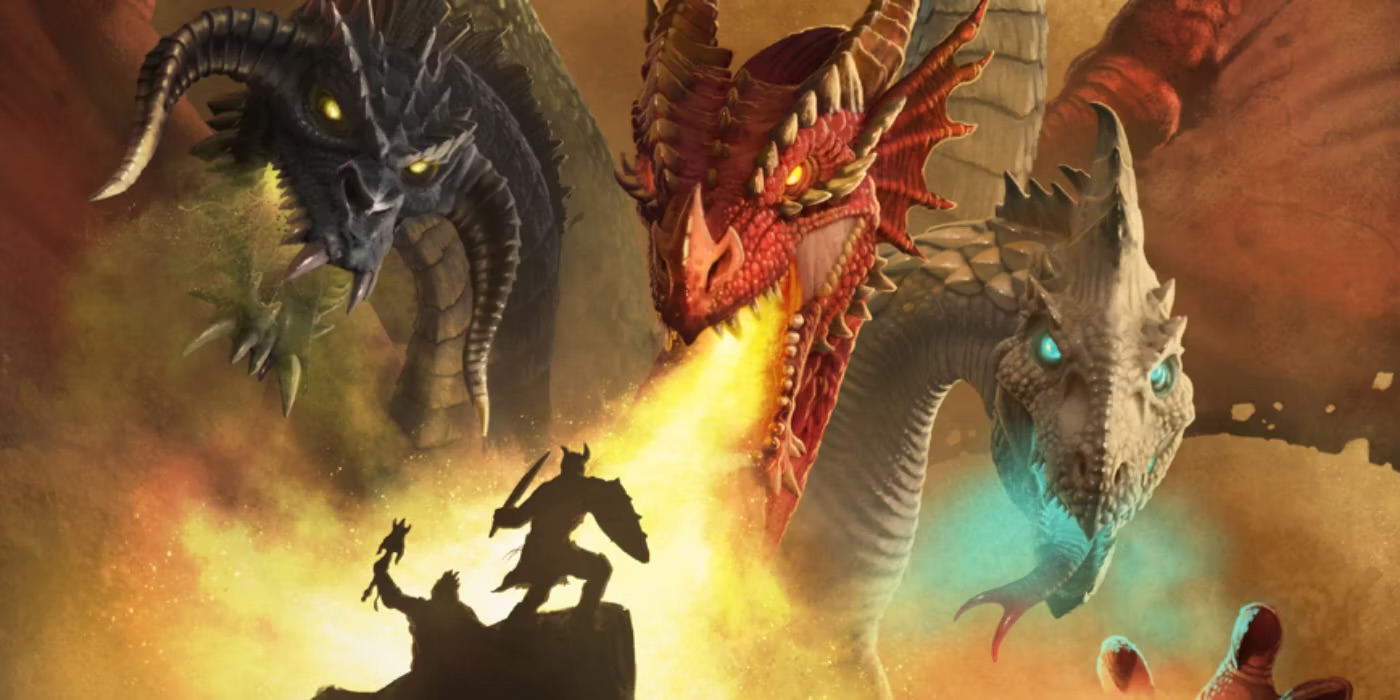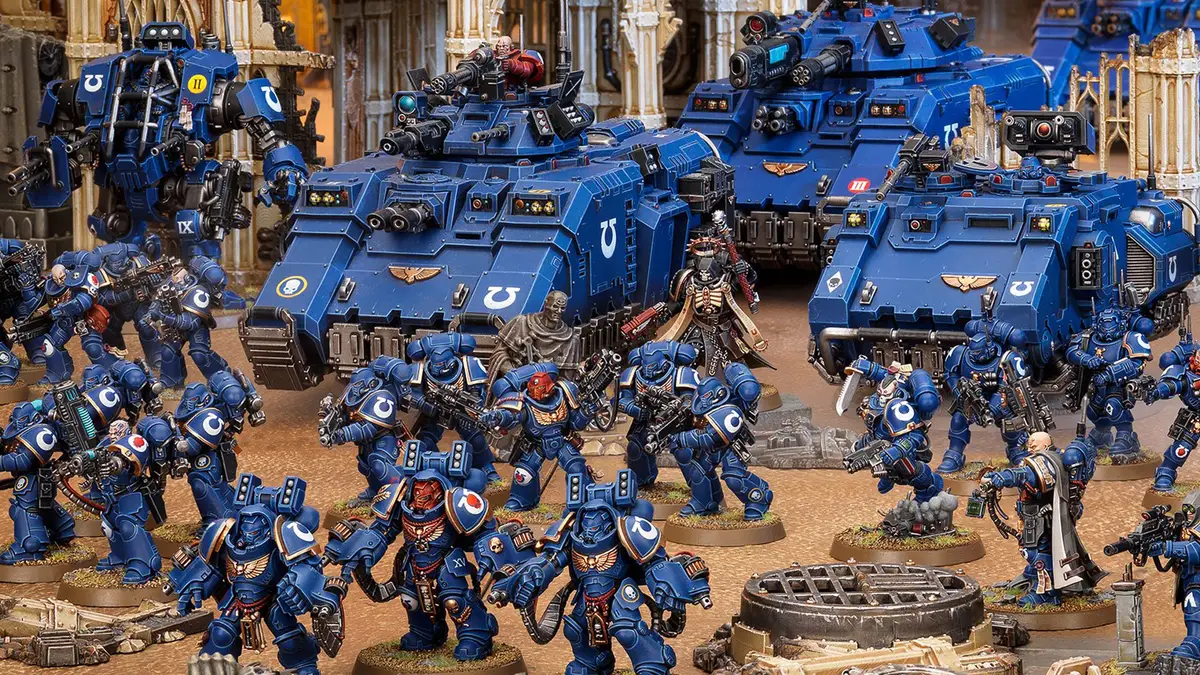Darth Vader, one of the most iconic villains in cinematic history, is a central character in the “Star Wars” saga. His journey from a promising young Jedi named Anakin Skywalker to the dark enforcer of the Sith, and finally to his redemption, is a tragic tale of power, loss, and the enduring conflict between good and evil. This history will cover Vader’s life from his early days as Anakin Skywalker, through his transformation into Darth Vader, his reign of terror across the galaxy, and his eventual redemption.
Anakin Skywalker was born on the desert planet of Tatooine, a slave under the ownership of the Toydarian junk dealer Watto. Raised by his mother, Shmi Skywalker, Anakin exhibited extraordinary abilities from a young age, including his natural proficiency with machines and an unusually high level of Force sensitivity. This latent power was first noticed by Jedi Master Qui-Gon Jinn, who encountered Anakin during a mission to Tatooine. Qui-Gon became convinced that Anakin was the prophesied “Chosen One” destined to bring balance to the Force.
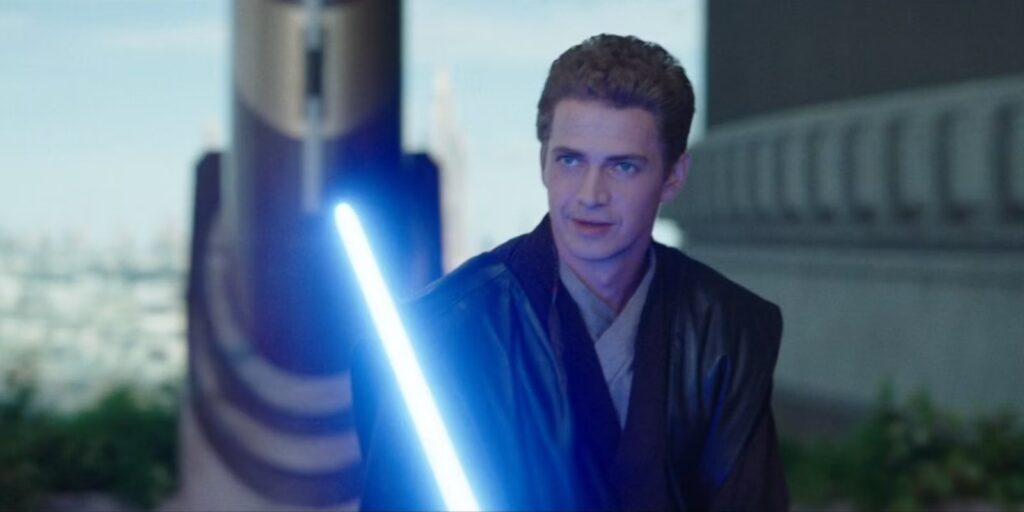
Despite the Jedi Council’s reservations due to Anakin’s age and his deep emotional attachments, Qui-Gon insisted on training him as a Jedi. After Qui-Gon’s death at the hands of Darth Maul, his apprentice, Obi-Wan Kenobi, took on the responsibility of training Anakin. This marked the beginning of Anakin’s journey as a Jedi Knight.
As Anakin grew older, his powers continued to develop at an astounding rate, earning him a reputation as one of the most skilled and daring Jedi Knights in the galaxy. He became a hero of the Clone Wars, leading Republic forces to numerous victories against the Separatists. During this time, Anakin formed a deep bond with his mentor Obi-Wan Kenobi and secretly married Padmé Amidala, a former queen and then senator of Naboo.
However, Anakin’s life was marred by inner turmoil. Haunted by visions of his mother’s death and later by premonitions of Padmé’s demise, he became increasingly fearful of loss. These fears were skillfully manipulated by the dark lord of the Sith, Darth Sidious, who had been secretly orchestrating the Clone Wars from both sides. Sidious, also known as Chancellor Palpatine, cultivated Anakin’s growing resentment towards the Jedi Council, who Anakin felt mistrusted him and refused to grant him the rank of Jedi Master.
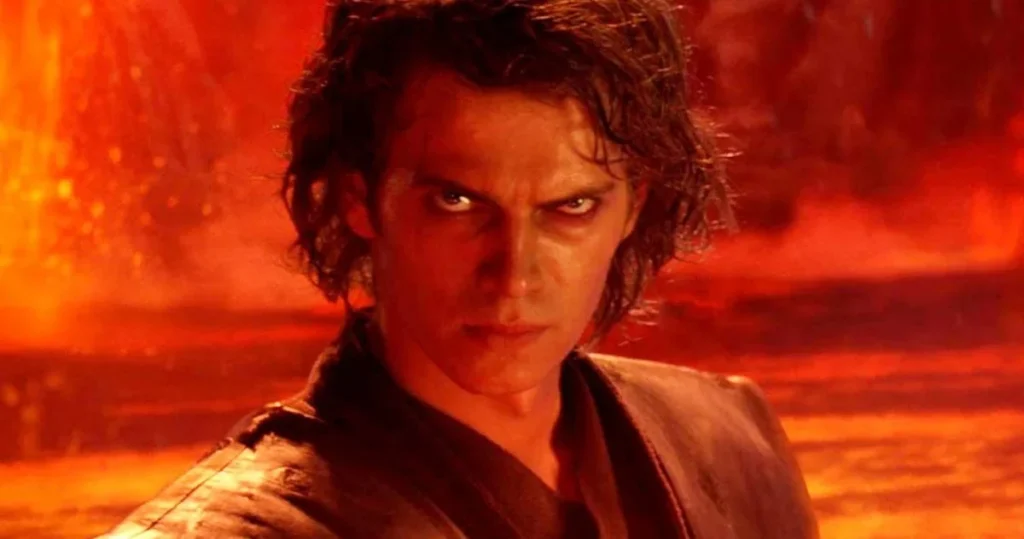
Sidious promised Anakin the power to prevent Padmé’s death through the dark side of the Force. Desperate to save his wife and seduced by the allure of forbidden knowledge, Anakin succumbed to the dark side, betraying the Jedi Order. He pledged himself to Sidious, who bestowed upon him the Sith name Darth Vader.
As Darth Vader, Anakin’s first task was to lead an assault on the Jedi Temple, slaughtering the Jedi within, including younglings. This brutal act marked the beginning of the Great Jedi Purge, also known as Order 66, in which clone troopers across the galaxy turned on their Jedi commanders, nearly exterminating the entire Jedi Order.
Vader then traveled to the volcanic planet of Mustafar, where he was ordered to eliminate the Separatist leaders, effectively ending the Clone Wars. It was here that he was confronted by Obi-Wan Kenobi, who had learned of Anakin’s betrayal. In the ensuing duel, Obi-Wan defeated Vader, leaving him for dead on the lava banks, horribly burned and mutilated.
Sidious rescued the gravely injured Vader and encased him in a black suit of life-sustaining armor, complete with a breathing apparatus and a mask, transforming him into the menacing figure known as Darth Vader. The armor, while preserving his life, also served as a constant reminder of his fall and the physical and emotional pain he now endured.
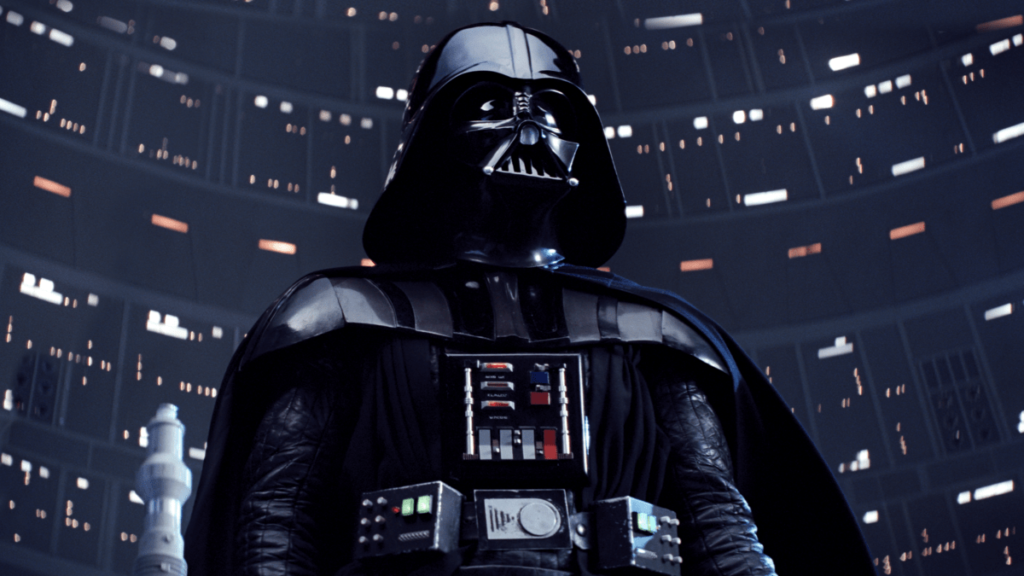
As the right hand of Emperor Palpatine, Darth Vader became the face of the Galactic Empire’s tyranny. He was instrumental in hunting down the surviving Jedi, leading the Inquisitors—a group of dark side agents—in the ongoing Jedi Purge. Vader’s power in the dark side grew, fueled by his anger, hatred, and sorrow over the losses he had suffered and the atrocities he had committed.
Under Vader’s command, the Empire enforced its rule across the galaxy with brutal efficiency. His reputation as an unstoppable force of destruction spread fear among both enemies and subordinates. Despite his immense power, Vader remained tormented by his past, haunted by memories of Padmé, whom he believed he had killed in his rage.
Vader’s connection to the dark side deepened as he suppressed any lingering feelings of compassion or regret, fully embracing his role as the Emperor’s enforcer. However, beneath the mask and armor, traces of the man he once was lingered, buried under layers of guilt and hatred.
As the Rebellion against the Empire grew, so did the threat to the Emperor’s rule. Vader became obsessed with finding and destroying the Rebel Alliance, particularly after learning of a young pilot named Luke Skywalker, who had destroyed the Death Star—the Empire’s ultimate weapon—during the Battle of Yavin.
Vader eventually discovered that Luke was his son, the child he believed had died with Padmé. This revelation shook Vader to his core and reignited the conflict within him. Torn between his loyalty to the Emperor and the possibility of reclaiming his lost humanity through his son, Vader began to contemplate overthrowing Sidious and ruling the galaxy with Luke at his side.

Vader’s attempts to turn Luke to the dark side culminated in their confrontation on Cloud City in “The Empire Strikes Back.” After revealing his true identity as Luke’s father, Vader offered Luke a place by his side, but Luke rejected him, choosing to fall into the abyss rather than join the dark side.
The final chapter of Vader’s story unfolds in “Return of the Jedi.” The Emperor, aware of Vader’s inner conflict, sought to turn Luke to the dark side and replace Vader as his apprentice. During the battle on the second Death Star, Vader once again confronted Luke, who had grown stronger in the Force. Despite his attempts to provoke Luke into giving in to his anger, Vader was ultimately overpowered.
In a moment of vulnerability, Luke refused to kill his father, choosing instead to spare him, declaring that he was a Jedi like his father before him. This act of mercy reached the remnants of Anakin Skywalker buried deep within Vader. When the Emperor attempted to kill Luke with Force lightning, Vader made a fateful choice: he turned on his master, sacrificing himself to save his son and finally fulfilling the prophecy of the Chosen One by destroying the Sith.
In his final moments, as he lay dying from the Emperor’s lightning and the damage to his suit, Vader asked Luke to remove his mask, allowing him to look upon his son with his own eyes for the first time. In those moments, Anakin Skywalker was redeemed, dying in the light side of the Force. His body was cremated by Luke on Endor, and his spirit joined those of Obi-Wan Kenobi and Yoda in the Force, free at last from the darkness that had consumed him for so long.
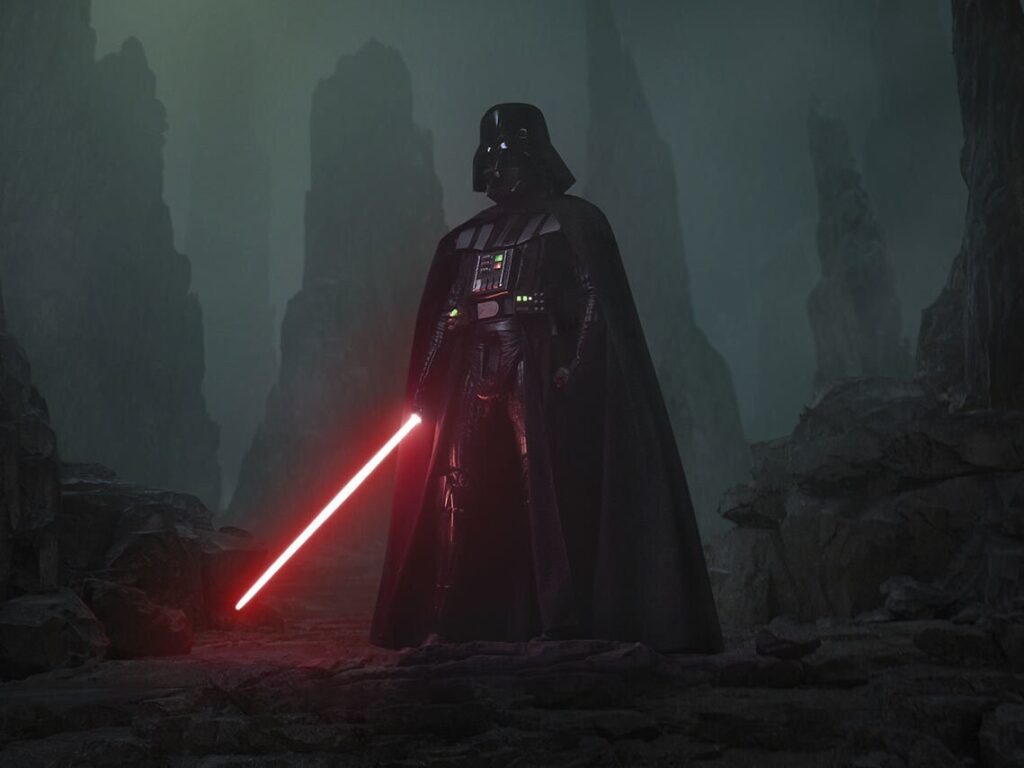
Darth Vader’s legacy is a profound one, affecting not only the galaxy in which he lived but also the real-world impact on popular culture. As Anakin Skywalker, he was a symbol of the potential for greatness that can be twisted by fear and desire. As Darth Vader, he embodied the tragic consequences of choosing power over love, and the way that power can corrupt absolutely. His redemption in the end serves as a powerful reminder that it is never too late to return to the light, no matter how far one has fallen.
The story of Anakin Skywalker and Darth Vader is one of the most compelling narratives in the “Star Wars” saga, exploring themes of destiny, redemption, and the enduring struggle between the light and dark sides of the Force. His character continues to resonate with audiences, symbolizing the complexities of human nature and the eternal conflict between good and evil.



